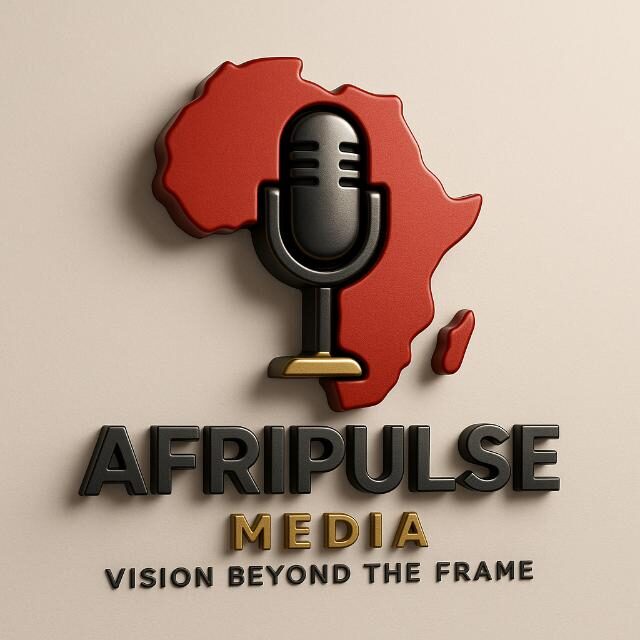
Cloning, once a concept confined to science fiction, has evolved into a tangible and transformative field of biological science. The history of cloning dates back to the early 20th century when scientists first began exploring the mechanisms of cell division and reproduction. In 1902, German embryologist Hans Spemann conducted pioneering experiments by splitting salamander embryos, demonstrating that each cell contained the potential to develop into a complete organism. His later work in 1938, involving the concept of the “nuclear transfer,” laid the theoretical foundation for modern cloning. However, it was not until the 1950s that the idea was put into practical use. In 1952, American scientists Robert Briggs and Thomas King successfully cloned a frog embryo by transferring the nucleus from a tadpole cell into an enucleated egg, marking the first instance of successful nuclear transfer in vertebrates.
The modern era of cloning began in 1996 when Scottish scientists at the Roslin Institute, led by Ian Wilmut and Keith Campbell, successfully created Dolly the sheep, the first mammal cloned from an adult somatic cell. Dolly’s birth was a scientific milestone, proving that specialized adult cells could be reprogrammed to develop into a new organism. However, her creation also ignited intense ethical, religious, and scientific debates about the implications of cloning, particularly concerning human life. Following Dolly’s success, cloning techniques rapidly advanced, leading to the cloning of other mammals including cows, pigs, cats, and even endangered species like the gaur and mouflon. Despite the progress, the process remained inefficient, with many failed attempts and health complications in cloned animals, raising questions about the biological limits of the technology.

In the 21st century, cloning research has expanded from reproductive cloning to therapeutic and molecular cloning. Scientists now focus on cloning cells and tissues for medical purposes, such as regenerating damaged organs or studying genetic diseases. Breakthroughs in stem cell technology and genetic editing tools like CRISPR have enhanced the precision and safety of cloning practices. In 2018, Chinese scientists successfully cloned monkeys using the same method that produced Dolly, bringing cloning closer to human primates and pushing the ethical boundaries further. Meanwhile, biotech firms have used cloning to preserve endangered species and even resurrect extinct ones, such as the efforts to bring back the woolly mammoth through cloning and gene editing.

Today, cloning stands as a multifaceted scientific frontier — from agriculture and conservation to regenerative medicine. While it continues to face moral scrutiny and strict regulation, its potential to revolutionize medicine, genetics, and biodiversity preservation remains vast. The journey from Spemann’s salamanders to cloned primates underscores humanity’s relentless pursuit to understand and harness the building blocks of life, reshaping the boundaries between science and nature in the process.

